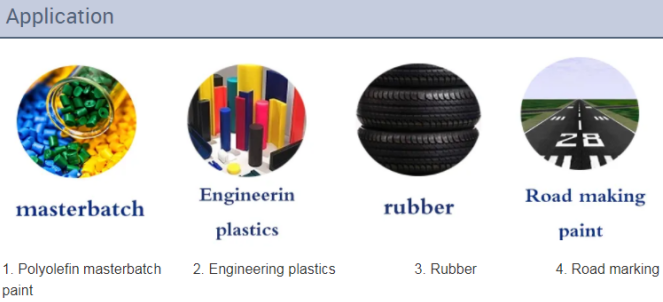
Nov . 20, 2024 04:54 Back to list
tio2 in food manufacturer
The Role of TiO2 in Food Manufacturing
Titanium dioxide (TiO2) is a widely used material in various industries, with its application in food manufacturing drawing considerable attention. Known primarily for its ability to enhance the whiteness and brightness of products, TiO2 has become a common additive in many food items, ranging from confectioneries to dairy products. However, the growing use of TiO2 in food has raised concerns regarding its safety and regulatory status.
Understanding TiO2
Titanium dioxide is a naturally occurring mineral that is predominantly used as a pigment due to its high refractive index and UV light scattering capability. In food products, it is often utilized to improve the appearance, making items visually appealing to consumers. Specifically, TiO2 can provide a glossy finish and enhance the whiteness of products, thus improving consumer acceptance.
Applications in Food Manufacturing
In the food industry, TiO2 is commonly found in products such as candies, bakery items, and dairy products like cheese and yogurt. Its primary function is as a colorant, but it also has roles in stabilizing products and enhancing texture. For example, in confectionery products, TiO2 can help maintain a uniform appearance and prolong shelf life by reducing the impact of environmental factors on color degradation.
Regulatory Status and Safety Concerns
tio2 in food manufacturer

The use of TiO2 in food products has been scrutinized by various regulatory bodies globally. In 2021, the European Food Safety Authority (EFSA) published an opinion stating that TiO2 could no longer be considered safe as a food additive (E171). This conclusion was based on studies indicating potential health risks associated with nanoparticles of TiO2, including genotoxicity. Consequently, the EU has banned its use in food products, a significant move that has prompted discussions in other regions.
In the United States, the FDA (Food and Drug Administration) permits the use of TiO2 as a food colorant, provided it meets specific purity criteria. This discrepancy in regulatory views highlights the ongoing debate over the safety of TiO2 in food products. Advocates for stringent regulations argue that the potential risks outweigh the benefits, while those in favor of its use emphasize the importance of conducting rigorous research to determine safe consumption levels.
Consumer Awareness and Industry Response
As consumer awareness of food additives grows, manufacturers are increasingly pressed to address safety concerns associated with TiO2. Some companies have begun to reformulate their products, eliminating TiO2 or replacing it with safer alternatives like natural colorants. This shift aligns with the trend towards cleaner labels, where consumers prefer transparency and natural ingredients over synthetic additives.
The response from the food manufacturing industry has been transformative, as brands strive to maintain consumer trust while ensuring compliance with evolving regulations. By investing in research and development of natural alternatives, companies can mitigate the risks associated with TiO2 and contribute to a healthier perception of processed food products.
Conclusion
The use of titanium dioxide in food manufacturing has sparked a complex dialogue surrounding food safety, regulatory compliance, and consumer preference. While TiO2 offers significant benefits in terms of product appearance and stabilization, the potential health risks cannot be overlooked. As regulations tighten and consumer demands evolve, the food industry must navigate these challenges carefully. Ultimately, the goal should be to create food products that are not only visually appealing but also safe and healthy for consumers. The journey may lead to innovative solutions that enhance food quality while prioritizing public health concerns, illustrating the dynamic interplay between consumer interests and industry practices.
-
Premium 6618 Titanium Dioxide for GPT-4 Turbo Applications
NewsJul.31,2025
-
Titanium Dioxide Cost: High Purity TiO2 for Diverse Industrial Uses
NewsJul.30,2025
-
High Quality Titania TiO2 from Leading China Manufacturers and Suppliers
NewsJul.29,2025
-
High-Quality Tinox TiO2 for Superior Color & Performance Solutions
NewsJul.29,2025
-
High Quality Titania TiO2 from Leading China Supplier & Manufacturer
NewsJul.29,2025
-
High-Performance r6618 TiO2 for Superior Whitening and Versatility
NewsJul.28,2025
